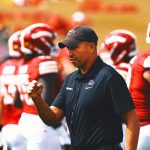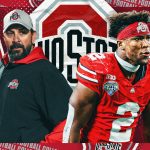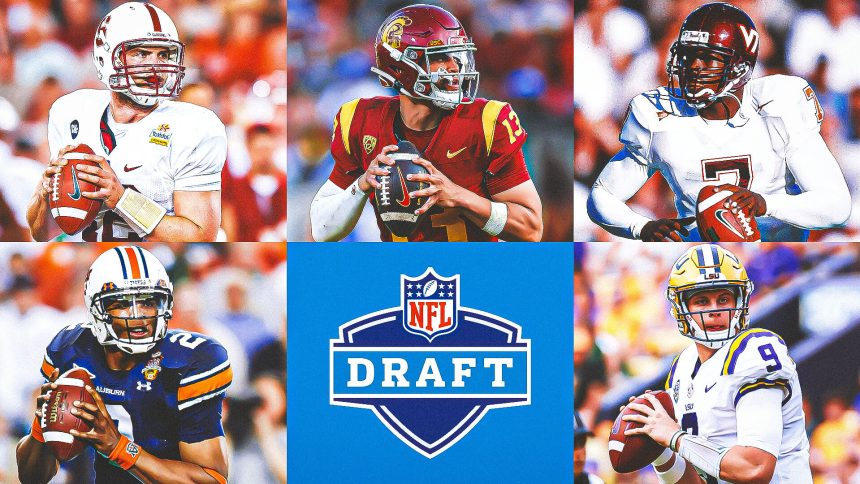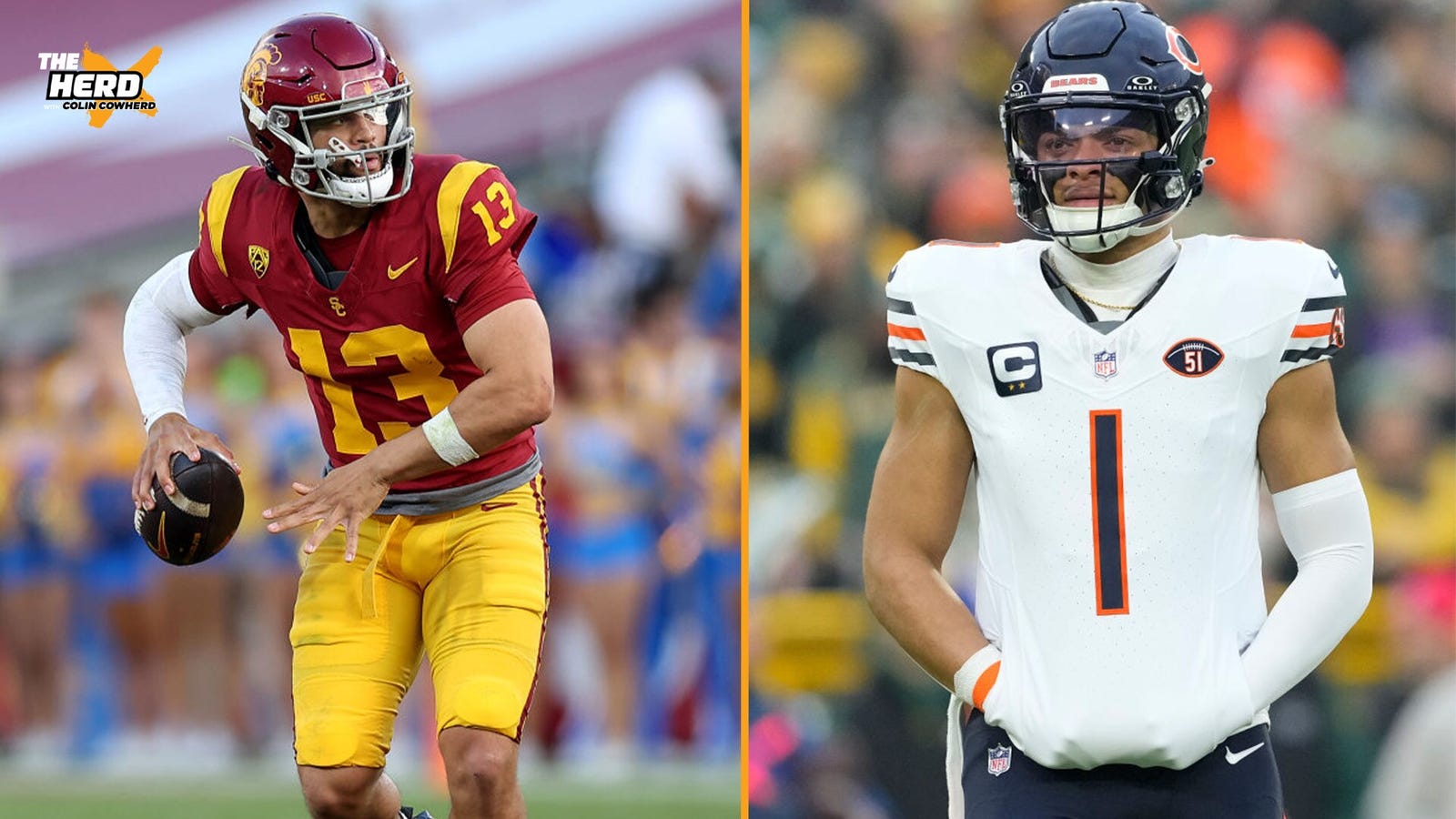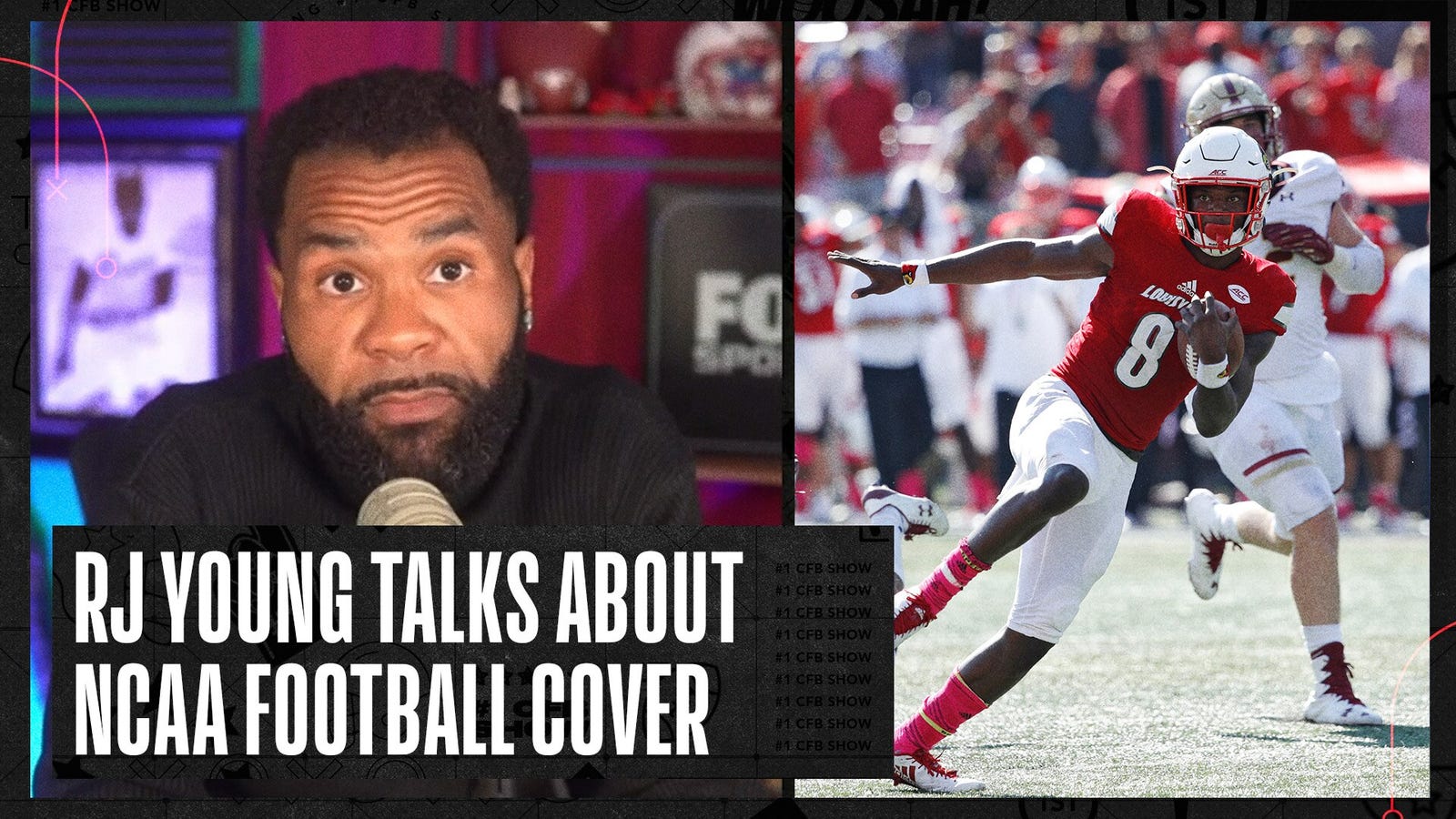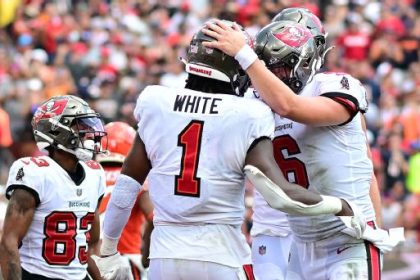The NFL is a quarterback-driven league with top QB prospects frequently determining the direction of the draft. A top prospect with “franchise” talent and potential can entice team builders to trade away significant assets to land a star at the game’s most important position.
Since I started my career as a scout in 2000, I have evaluated plenty of star signal-callers with franchise-changing skills. With the 2024 draft on the horizon, this is the perfect time for me to review, reflect on, and re-rank the quarterback prospects I have graded since entering the league.
Though these rankings are based on pre-draft grades, they should provide a little context on how Caleb Williams ranks among the elites at his position before his presumptive selection as the No. 1 overall pick in the 2024 draft:
1. Andrew Luck, Stanford (2012 draft): The Jim Harbaugh protégé earned a near-perfect rating as a classic drop-back passer with supreme arm talent and an exceptional football IQ.
ADVERTISEMENT
2. Michael Vick, Virginia Tech (2001): The five-star wunderkind with the unorthodox playing style did not fit the mold, but his ridiculous athleticism and freakish running skills made him an irresistible prospect at the top of the board.
3. Matthew Stafford, Georgia (2009): The sensational gunslinger was regarded as a “can’t-miss” prospect due to his exceptional arm talent and sneaky athleticism.
4. Cam Newton, Auburn (2011): As a freak athlete with super-sized physical dimensions and superhero talent, Newton was viewed as a rare talent at the position. Though his unconventional play style did not make him the perfect fit for any offense, the Heisman Trophy winner earned high marks for carrying an undermanned squad to a national title as a run-first playmaker with unique talents.
5. Joe Burrow, LSU (2020): The ultra-confident dart thrower drew comparisons to Joe Montana after shredding defenses at a historic pace, showcasing remarkable timing, touch and anticipation as a pocket passer.
6. Caleb Williams, USC (2024): The improvisational wizard teases and torments opponents with his spectacular talents as a dual-threat playmaker. Though Williams rarely plays on schedule, the USC standout’s knack for producing big plays separates him from the rest of the competition.
7. Robert Griffin III, Baylor (2012): Despite his topsy-turvy NFL career, Griffin was viewed as a “wow” prospect as a collegian. Few quarterbacks possessed the former Heisman Trophy winner’s world-class speed and elite arm talent.
8. Trevor Lawrence, Clemson (2021): Hailed as a generational talent from the moment he stepped onto Clemson’s campus, Lawrence captivated the minds of scouts looking for the next big thing at quarterback. As an underrated dual-threat with elite size and arm talent, the super-sized playmaker was a lock to come off the board as the No. 1 overall pick.
9. Deshaun Watson, Clemson (2017): The prolific playmaker earned high marks as a dynamic dual-threat with a résumé loaded with clutch playmaking moments.
10. Patrick Mahomes, Texas Tech (2017): Although he was regarded as a “boom-or-bust” prospect due to his sandlot playing style, Mahomes ranked as a blue-chip player with tremendous upside as a gunslinger.
11. Eli Manning, Ole Miss (2004): The classic drop-back QB was celebrated as an old-school passer with prototypical skills. With his bloodlines boosting his status in the scouting community, Manning was anointed as a future No. 1 overall pick early in his collegiate career.
12. Aaron Rodgers, Cal (2005): As a pinpoint passer playing in a quirky system panned by scouts, Rodgers was not viewed as a slam-dunk prospect. Though the four-time MVP has outplayed his draft status, the scouting community was split on their evaluations of the future Hall of Famer.
13. Ben Roethlisberger, Miami of Ohio (2004): The extra-large playmaker was viewed as the new prototype after dominating MAC competition with a rugged playing style showcasing his athleticism and spontaneous playmaking ability.
14. Philip Rivers, North Carolina State (2004): Despite positing ridiculous numbers as the leader of the Wolfpack, Rivers’ unorthodox throwing motion and limited mobility prompted some scouts to deduct points from his final grade due to uncertainty regarding his long-term potential.
15. Lamar Jackson, Louisville (2018): The slender dual-threat dazzled as an explosive runner-passer for Bobby Petrino. Though questions about his pocket passing skills torpedoed his draft stock, scouts willing to focus on his spectacular playmaking talents did not mind gambling on the Heisman winner’s upside as a QB1.
16. Jameis Winston, Florida State (2015): Despite his character flaws, Winston earned high marks in scouting circles as a classic drop-back passer with a fearless game.
17. Alex Smith, Utah (2005): Urban Meyer’s star quarterback intrigued scouts as a dual-threat playmaker with a high IQ and a winning pedigree. As a pinpoint passer with a crafty game, Smith’s upside as a potential QB1 in a West Coast offensive system intrigued scouts looking for a pass-first point guard.
18. Marcus Mariota, Oregon (2015): As a spectacular dual-threat playmaker with a polished game, Mariota impressed scouts as a potential franchise player. The silent assassin directed the Ducks‘ uptempo offense with the kind of flair and pizzazz that typically translates into star power at the next level.
19. Jared Goff, Cal (2016): The underrated pocket passer from the Bay Area did not dazzle with “wow” skills, but evaluators looking for a quick-rhythm thrower with a rock-solid game were impressed with his overall skills.
20. Carson Wentz, North Dakota State (2016): The small-school standout with prototypical dimensions certainly piqued the interest of scouts looking for a big-bodied playmaker with dual-threat potential.
Bucky Brooks is an NFL analyst for FOX Sports. He also breaks down the game for NFL Network and as a cohost of the “Moving the Sticks” podcast. Follow him on Twitter @BuckyBrooks.
recommended

Get more from National Football League Follow your favorites to get information about games, news and more

